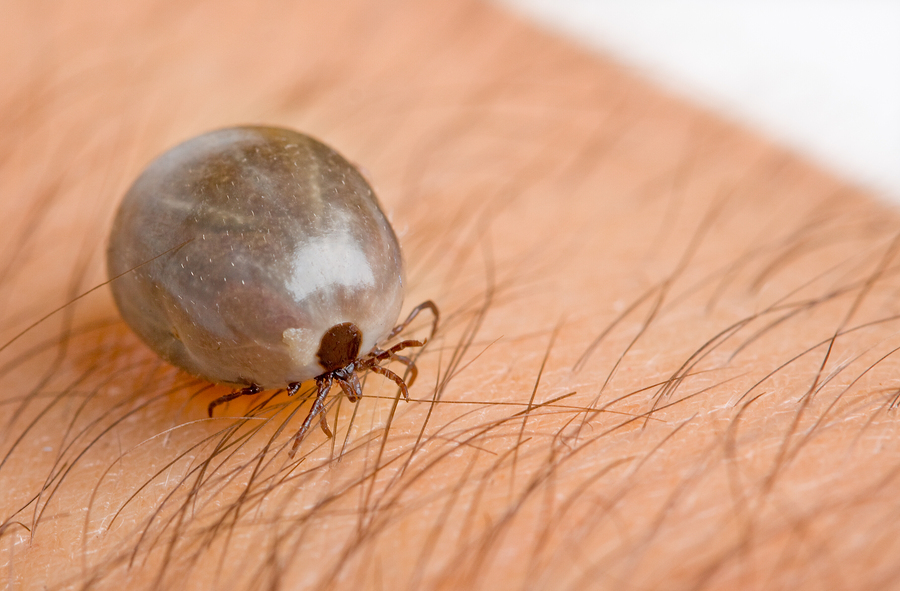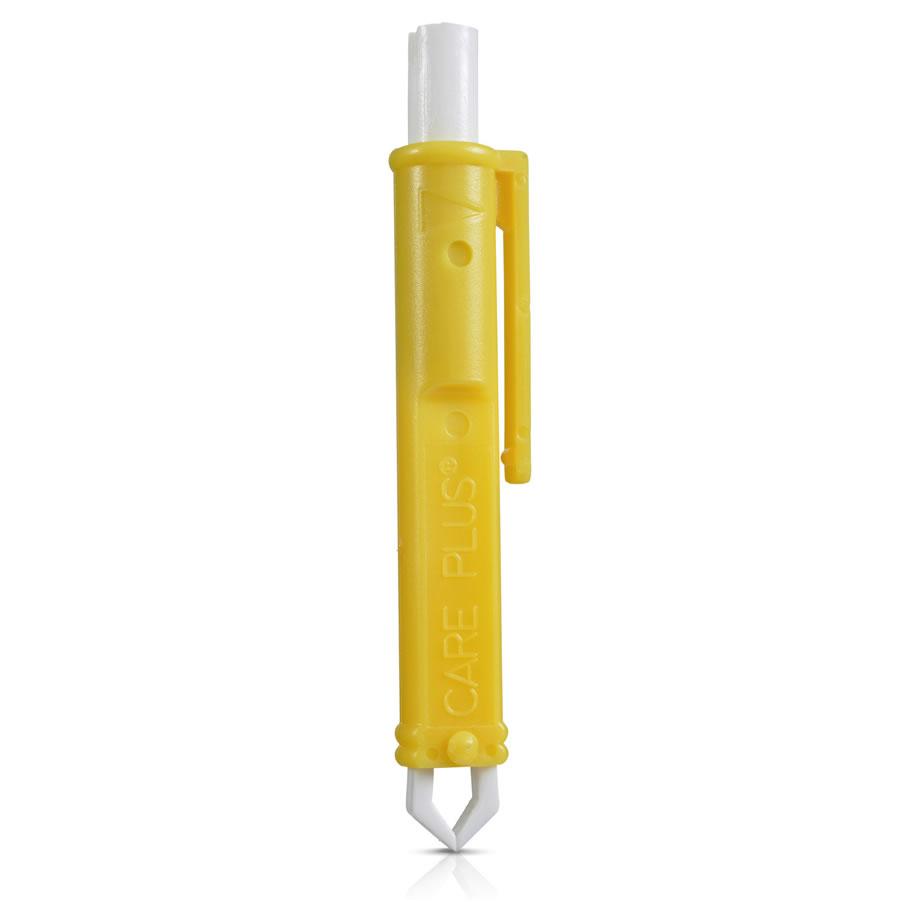Travellers often hear about the dangers of mosquitoes and how to protect themselves from mosquito bites, but there’s another blood-sucking travel nasty in our midst…The tick! In this post we will explain the health risks they pose and how you can protect yourself from bites and potential illness during your trip.
What is a Tick?
Many people class ticks as insects, but they are actually small arachnid arthropod parasites that live by feeding on the blood of mammals and birds, with a particular penchant for pets, deer, small rodents and birds. Like mosquitoes, ticks are vectors of infectious human disease, but latch onto their host by burrowing their head underneath the skin and once attached to their host they can remain there for up to 72 hours. Before a tick bites its unsuspecting victim it appears flat and is generally brown or black in colour, it is only when it bites and is engorged with blood that it becomes more visible to the naked eye and appears lighter in colour.

Where are Ticks Found?
Ticks are found all around the world, but are most common in countries with a warm and humid climate. They are commonly found in woodland, forests and heath areas, so if you enjoy spending time outdoors and activities such as camping and trekking, you’ll need to take extra precautions to keep ticks at bay…but more on that later. Europe and North America are the highest risk areas, with parts of Asia also posing a risk. A risk of Lyme Disease is present in countries including; Finland, Norway, Switzerland, Slovenia, Germany, Poland, United Kingdom, USA and Canada to name a few.

The Risks: Tickborne Diseases
Lyme Disease
Lyme Disease is the most well-known tick-borne disease, caused by ticks that are infected with Borrelia burgdorferi bacteria. The ixodes species (deer tick) is most commonly associated with the spread of Lyme Disease. Ticks can spread this bacteria to humans by biting them and you are more likely to become infected with Lyme Disease if an infected tick is attached to you for more than 24 hours. Removing the tick within 8 hours is the best way to minimise the risk of infection.
Early Symptoms of Lyme Disease:
- A red ring-shaped rash at the site of the bite, known as erythema migrans. This usually appears within 3 weeks & slowly expands, this can also be warm to the touch.
- Flu-like symptoms
- Fatigue
- Swollen lymph nodes
- Fever
- Chills
- Aching muscles & joints
Later Symptoms of Lyme disease – if left untreated:
- Erythema Migrans rashes on other parts of the body
- Severe joint pain & swollen joints
- Severe headaches
- Neck stiffness
- Heart palpatations
- Dizziness
- Loss of muscle tone in the face (Bell’s Palsy)
- Meningitis
- Problems affecting the nervous system
- Problems with short-term memory
Treatment for Lyme disease:
Lyme disease is generally treated with a course of antibiotics, if your symptoms are more severe you may need to have intravenous antibiotics. If you suspect you have Lyme disease you should seek advice from a medical professional as soon as possible.
Tick-borne Encephalitis (TBE)
Tick-borne Encephalitis is a lesser known disease transmitted through the bite of an infected ixodes tick. Like Lyme Disease, TBE infected ticks are most common in Central and Eastern Europe and are also found in parts of North and East Asia. There is a risk of TBE in a number of countries around the world including; Austria, Hungary, European Russia, the Balkans, China & Japan (mainly in forested areas).
Early Symptoms of Tick-borne Encephalitis:
The early symptoms of TBE usually appear 7-14 days after being bitten and generally last for up to 8 days, after this period most people will make a full recovery.
- Fatigue
- Nausea
- Fever
- Headache
- Muscle Pain
Severe Symptoms of Tick-borne Encephalitis:
After the initial stage of the illness, around a third of people develop more severe symptoms. This is caused by the virus spreading to the tissue that covers the brain and spinal cord and causing meningitis or encephalitis. In some cases people can experience long-term complications from TBE, including difficulty with motor skills, speech problems and memory loss.
Treatment for Tick-borne Encephalitis:
There is currently no cure for the TBE virus, so treatment is focused on relieving symptoms until the infection clears. If you suspect you may have TBE seek medical advice as soon as possible, as your doctor will be able to carry out a blood test to determine whether or not you have been infected. Tick-borne Encephalitis is avoidable and a vaccine is available, this is advisable if you’re travelling to areas with a risk of the infection, especially if you’re taking part in outdoor activities such as camping or trekking.
How to Prevent Tick Bites
Of course preventing tick bites in the first instance is your best defence against contracting tick-borne diseases. Here are few things you can do to reduce your chances of getting bitten. Ticks live in bushes, grass and foliage, so be sure to always check yourself for ticks after walking in these areas. Ticks can even thrive in city parks in some countries.
- Wear long trousers
- Tuck trouser legs into your socks (not the best luck, but it’s preferable to Lyme disease!)
- Treat clothing with Permethrin fabric spray
- Avoid brushing past high grass and bushes where possible
- Protect areas of uncovered skin with a tick repellent – DEET, Citriodiol and Icaridin based repellents are all proven to repel ticks.
- Shower ASAP after outdoor activities in areas with a risk of tick-borne disease
What To Do If You Get Bitten
After landing on your skin it can take the tick that transmits Lyme disease up to 24 hours before it begins to feed, and it can only transmit the disease towards the end or once it has finished feeding. It is therefore important to remove ticks as soon as possible, ideally within 8 hours of being bitten, and you must do so correctly to ensure none of the tick is left embedded in your skin. You should also never heat the tick or use alcohol as this can cause it to go into shock and release pathogens into your body. Ticks should be removed using a tick removal tool (always follow the manufacturer’s instructions) then the area should be disinfected after the tick has been fully removed.


